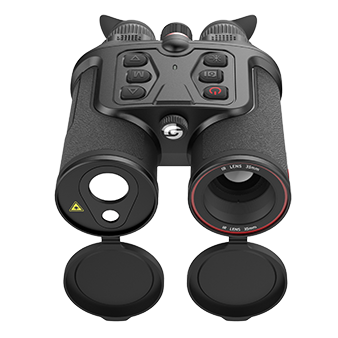Night Vision Thermal Scope: Advanced Technology for Enhanced Target Acquisition

html
Night Vision Thermal Scope: Advanced Technology for Enhanced Target Acquisition
Introduction to Night Vision Thermal Scopes
Night vision thermal scopes have revolutionized target acquisition in low-light conditions. These advanced optical devices combine infrared technology with high-resolution imaging to provide clear visibility in complete darkness, fog, or smoke. Unlike traditional night vision that amplifies available light, thermal scopes detect heat signatures, making them invaluable tools for military, law enforcement, and hunting applications.
How Thermal Imaging Works
Thermal scopes operate by detecting infrared radiation emitted by objects. Every object with a temperature above absolute zero emits heat signatures. The scope’s sensors convert these thermal differences into electronic signals, which are then processed to create a visible image. Warmer objects appear brighter on the display, while cooler areas appear darker, creating a clear contrast between targets and their surroundings.
Key Components of a Thermal Scope
- Infrared detector array
- Optical lens system
- Image processing electronics
- Display screen
- Power supply
Advantages Over Traditional Night Vision
Thermal scopes offer several distinct advantages compared to conventional night vision devices:
- No need for ambient light – works in complete darkness
- Can see through smoke, fog, and light foliage
- Detects hidden or camouflaged targets
- Longer detection ranges in many conditions
- Not affected by bright light sources
Applications in Various Fields
Military and Law Enforcement
Special forces and SWAT teams rely on thermal scopes for nighttime operations, hostage rescues, and border surveillance. The ability to detect human presence through walls or dense vegetation provides critical tactical advantages.
Hunting and Wildlife Observation
Hunters use thermal scopes to track game in low-light conditions while wildlife researchers monitor animal behavior without disturbing their natural patterns. The technology is particularly effective for nocturnal species observation.
Search and Rescue Operations
Emergency responders utilize thermal imaging to locate missing persons in wilderness areas or disaster zones, significantly improving success rates in time-critical situations.
Choosing the Right Thermal Scope
When selecting a night vision thermal scope, consider these factors:
- Resolution and detection range
- Refresh rate for moving targets
- Battery life and power options
- Durability and weather resistance
- Additional features like video recording
Future Developments in Thermal Technology
Ongoing advancements promise even more capable thermal scopes with higher resolutions, longer battery life, and smaller form factors. Emerging technologies like AI-assisted target recognition and augmented reality overlays will further enhance situational awareness for users in critical scenarios.
As thermal imaging becomes more accessible, these remarkable devices continue to redefine what’s possible in low-visibility conditions across multiple professional and recreational applications.
Keyword: Night vision thermal scope

